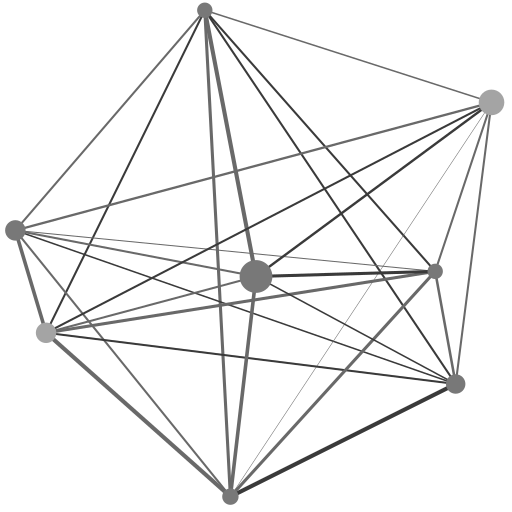where
- type
-
is always “udp” as this is the name of this plugin.
- name
-
unique arbitrary name.
- options/ip
-
the ip address of the UDP server. (default: 0.0.0.0 (any))
- options/port
-
the udp port the UDP server is listening on. (default: 6000)
- options/terminate
-
terminates all strings with the null-terminator
0x00; does not apply to hex strings (defaults to false) - options/allow_all_clients
-
allows any client to send commands to this server. (default: false)
- options/clients
-
a list of clients to send data to, and the clients that are allowed to send data to the server (when options.allow_all_clients is set to false, or omitted).
